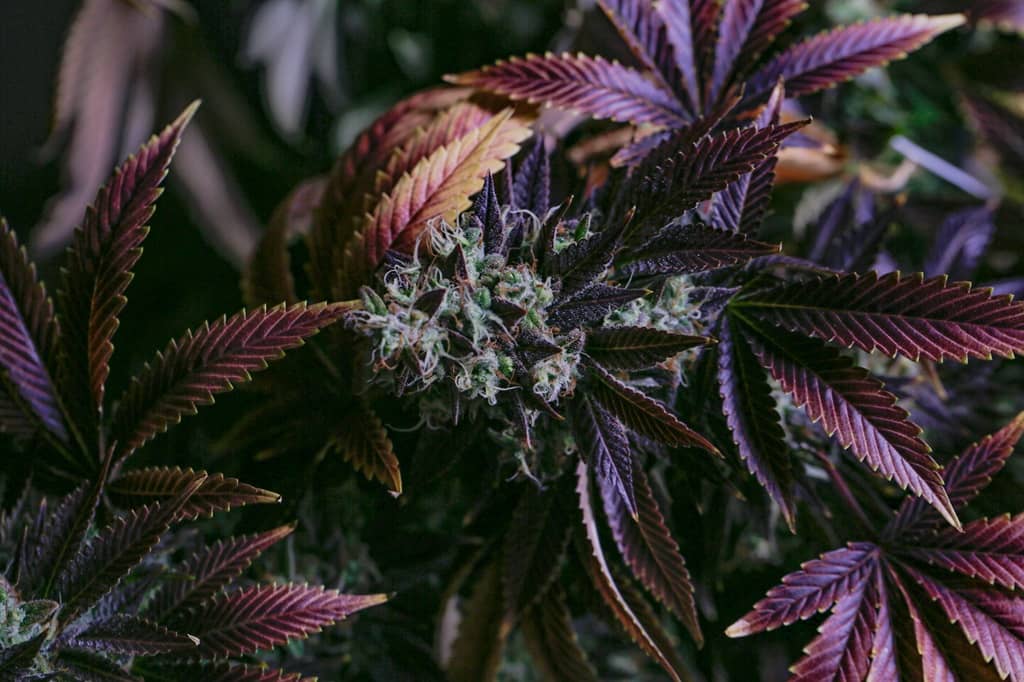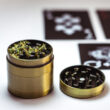
Cloning weed plants is an efficient and cost-effective method for cannabis cultivators to reproduce ideal plant traits while ensuring a consistent supply. Unlike growing from seeds, cloning involves replicating your best plants, thus guaranteeing that each clone is a genetic duplicate of the mother plant. This technique is especially beneficial for maintaining strain consistency and potency, which are critical in both recreational and medicinal contexts.
What is Cloning and Why Use This Method?
Cloning is a horticultural technique that involves cutting a segment from a mature plant – often referred to as the “mother plant” – and encouraging it to grow as an independent plant. This method is favored for several reasons: it bypasses the seed germination stage, speeds up the production process, and maintains genetic consistency across harvests.
Benefits of Cloning Over Growing from Seeds
Cloning offers numerous advantages over traditional seed growing. These include:
- Speed: Clones grow faster than seedlings since they skip the initial germination stage.
- Cost-effectiveness: Clones reduce the need to purchase new seeds for each planting cycle.
- Consistency: Clones ensure that each plant carries the same genetic traits as the mother, including flavor, potency, and growth characteristics.
Essential Tools and Materials for Cloning
Successful cloning begins with the right tools. Key materials include:
- Sterile scissors or blades to ensure clean cuts and prevent disease transmission.
- Rooting hormones, which encourage quicker root development and increase the chances of successful cloning.
Choosing the Right Scissors for Cutting Clones
The choice of scissors can significantly impact the health of your clones. Use sharp, sterilized scissors to make clean cuts. This minimizes stress on the mother plant and the clone, enhancing recovery and growth rates.
Types of Rooting Hormones and Their Uses
Rooting hormones come in various forms, such as powders, gels, and liquids. Each type has specific applications and benefits. For instance, gels are popular for their ease of use and effectiveness in sealing the cut tissue, which helps prevent infection.
The Step-by-Step Cloning Process
Cloning weed plants requires precision and care. The process can be divided into several key steps:
- Selecting the Mother Plant: Choose a healthy, mature plant with desirable traits.
- Cutting and Preparing Clones: Make a 45-degree cut on the stem and apply rooting hormone.
- Rooting Techniques: Place the clones in a suitable growing medium and ensure they have the appropriate moisture and light conditions.
Creating the Perfect Environment for Clones
The environmental conditions are crucial for the successful growth of weed clones. They require specific:
- Lighting: Clones need lower intensity light than mature plants.
- Temperature and humidity: These factors must be carefully controlled to optimize rooting and early growth stages.
Common Mistakes and How to Avoid Them
Common cloning errors include overwatering, under-watering, and exposing clones to diseases. To avoid these, ensure a sterile environment and monitor water levels closely. Adjust your care based on the clone’s growth stage and visible health signs.
How to Clone a Weed Plant Successfully
For a successful cloning process, regular monitoring and adjustments are necessary. This includes:
- Transplanting: Knowing when and how to transplant clones is crucial for their development into robust plants.
Advanced Tips and Techniques
For those looking to enhance their cloning success, advanced techniques such as hydroponics can offer faster growth rates and greater yields. Additionally, understanding the role of nutrients can significantly improve the overall health and output of your clones.
Conclusion and Future Prospects
As cloning technology evolves, it offers exciting possibilities for cannabis cultivation. Innovations in cloning may lead to even more efficient and sustainable practices, benefiting growers at all levels.












